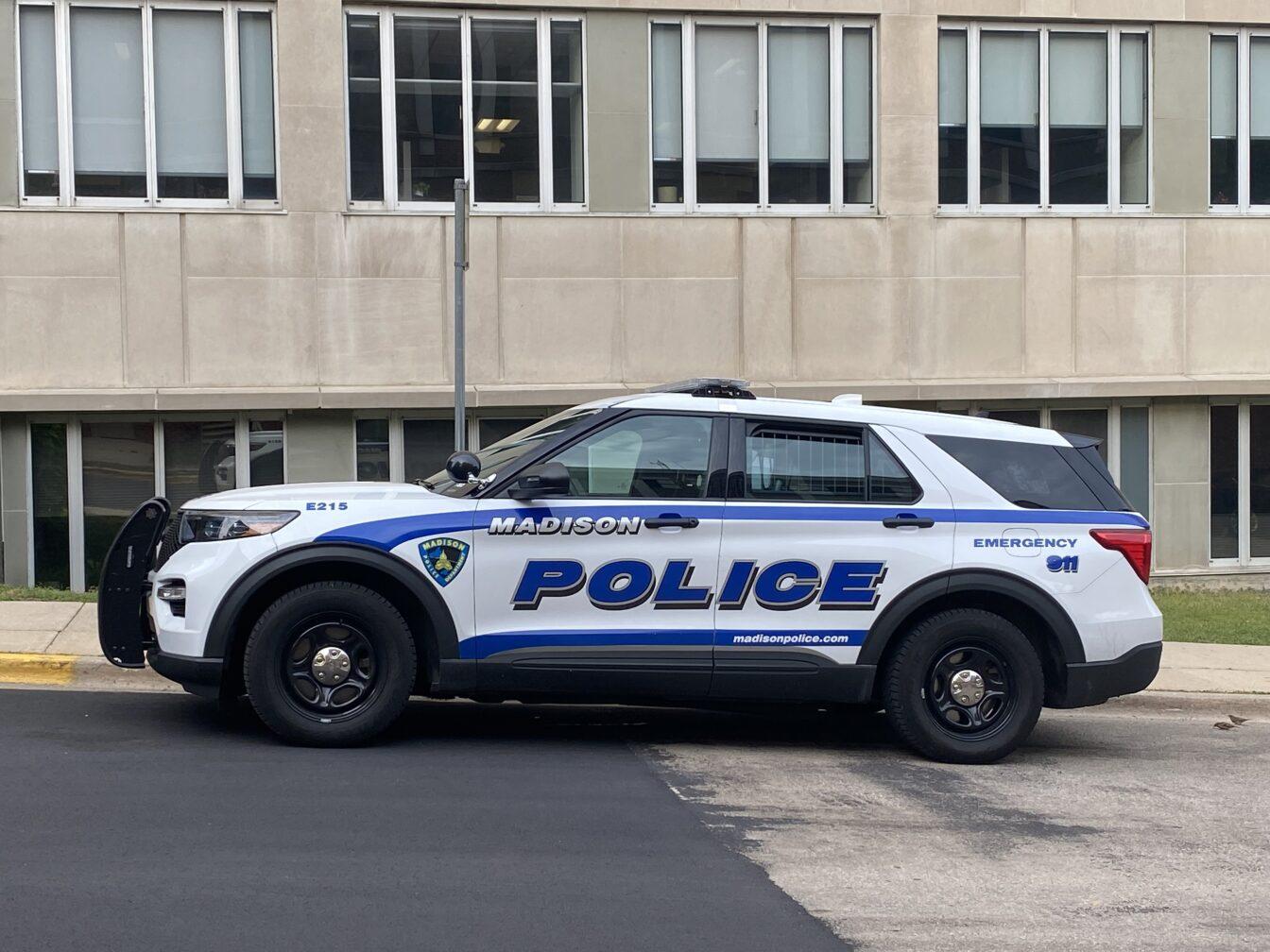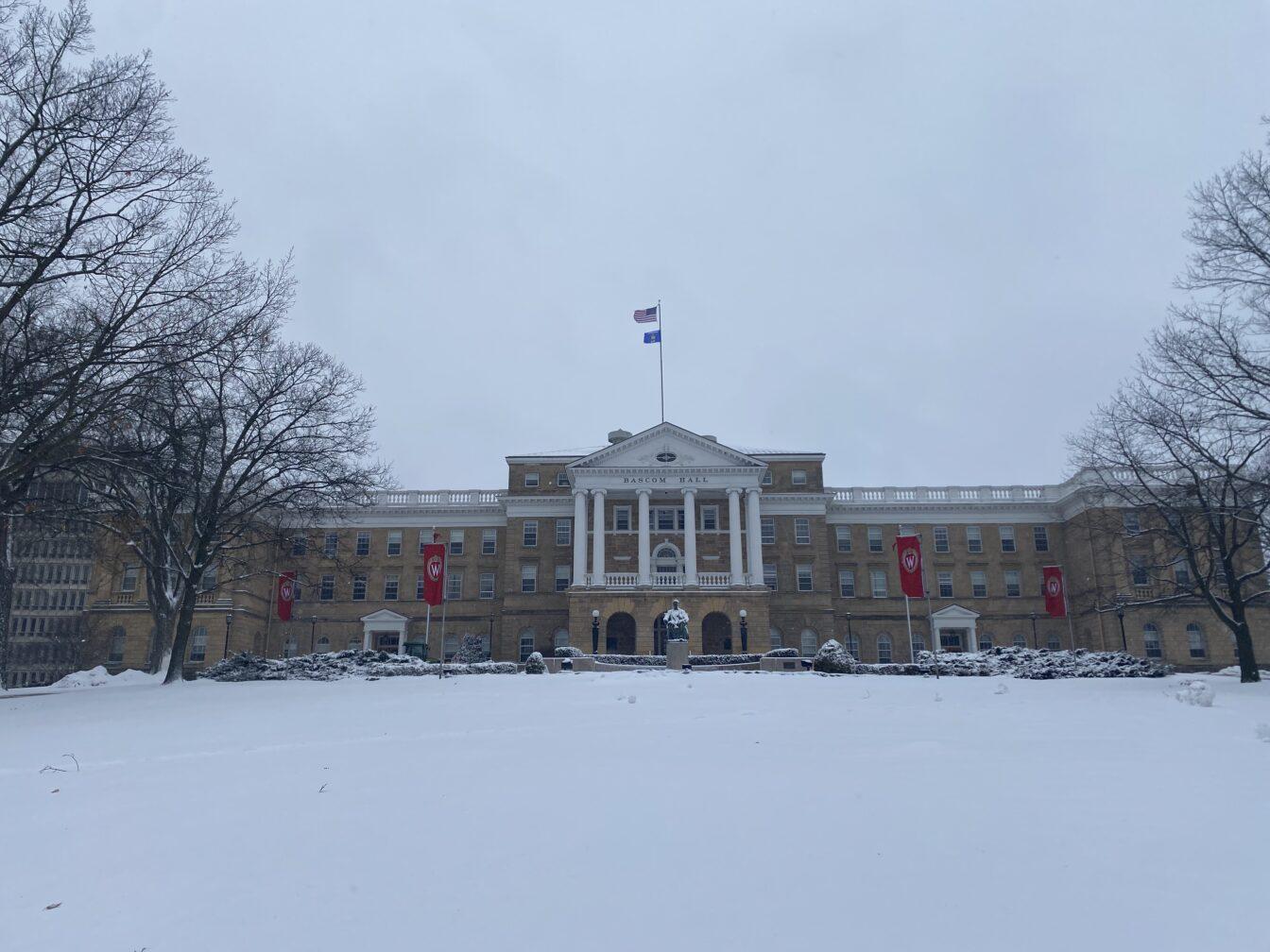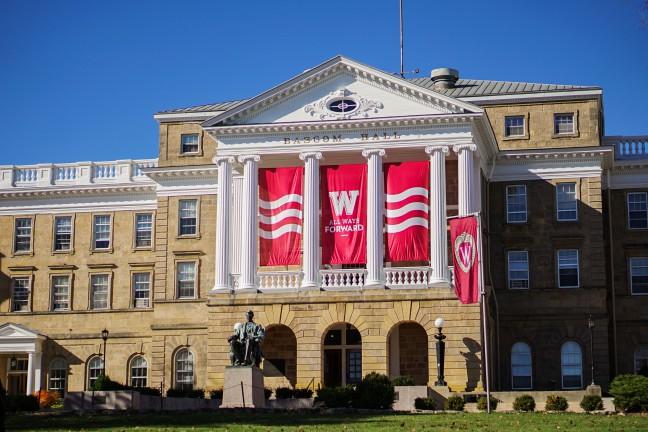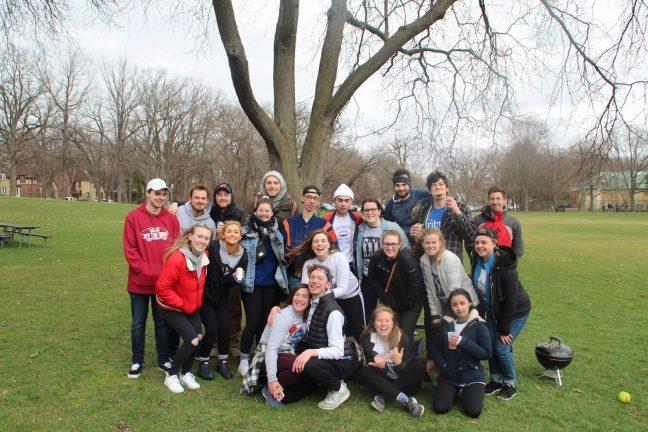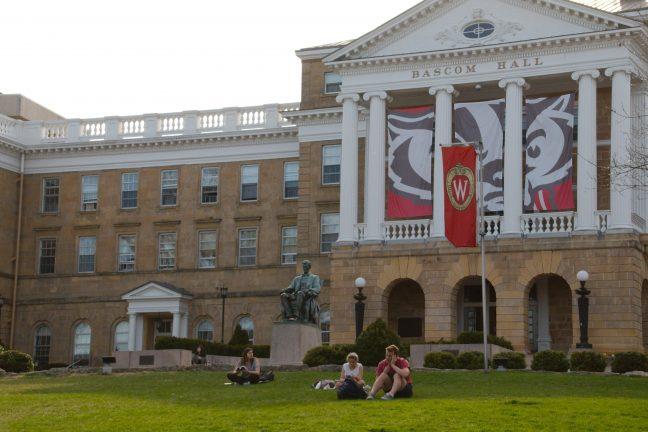This semester was one to remember. With spring elections, a new budget proposal from the governor’s office and weather as unpredictable as your TA’s grading standards, there was a lot to keep track of. But worry not — The Badger Herald Editorial Board has you covered. Here are the most important, and most contested stories from this semester.
‘One Step Forward, Two Steps Back’ Award: The color of spaces
Entering 2019, the FBI reported an increase in hate crimes for the third consecutive year. By many measures, Americans across color lines have observed an exacerbation of racial relations — 56 percent of all adult Americans Pew Research Center surveyed earlier this month said they believe racial relations are getting worse, and 65 percent believe it’s now more common for people to express racist views. This sentiment resonated especially with people of color, and this tension raises a cause for concern at the local level, including on our campus.
In 2018, The Princeton Review ranked the University of Wisconsin as the eighth “Party School” in the U.S. — but not everybody feel comfortable being a part of that experience. A study conducted by University Health Services found, compared to their white counterparts, more students of color abstained from drinking and avoided areas where drinking occurred due to concerns about others’ alcohol use.
UW has space for students of color on social media — just not on campus
It’s a feeling that resonates with students of color outside of nightlife as well — this sense of discrimination and alienation runs day-to-night.
A research project led by a partnership between the the student-led HMoob American Studies committee and the Center for College-Workforce Transitions revealed in February that all Hmong American student participants felt excluded and unwelcome on the majority-white campus that has seen a continuous decline in HMoob American enrollment in recent years.
Though all participants reported experiences with bias — including both macro- and micro-aggression — less than half among them reported the incidents to the university, some citing distrust with how the administration handled such cases. Even spaces expressly designated for students of color, namely the Multicultural Student Center, received mixed review from HMoob student participants.
Presumably, the official opening of the Asian Pacific Islander Desi American Cultural Center earlier this year would provide a safe space for improving the experiences of HMoob students — as would the Latinx Cultural Center for Latinx students. But concerned with the lack of full-time staff and lack of visibility of their locations, student founders of these centers have decided to label them as “startup spaces” in hopes of securing more resources for their cause in the long run. Additionally, at the same time the APIDA and Latinx cultural centers are advocating for more support from the university, the American Indian Student and Cultural Center, as well as the Chicanx cultural space MEChA House are facing the prospect of demolition under the current campus master plan.
UW asserts that “diversity is a source of strength, creativity, and innovation” for the school. But where we see as spaces for intellectual exploration, personal growth and leisure, we also see the color of spaces manifest itself — drinking spaces that prove to be a source of discomfort for students of color, as well as campus spaces that prove insensitive to their experiences. And where they can find comfort — spaces of their color — they feel are under-resourced, even threatened at times.
Perhaps the politics of cultural spaces on campus is quite black and white after all.
Fifty years after Black Student Strike, students still grapple with racial divide
‘Who run the world? Girls’ Award: Women win in spring elections
Following months of campaigning, the city of Madison and the state of Wisconsin elected a ticket of new leadership — one which is comprised of mostly women.
Former District 12 Alder Satya Rhodes-Conway was elected Mayor of Madison, defeating Madison’s “Mayor for Life” Paul Soglin by a margin of nearly 25 percent.
After serving on City Council for six years and working at the Wisconsin Center on Strategy as managing director of the Mayor’s Innovation Project — an organization which collaborates with mayors nationwide in an effort to improve city policy, Rhodes-Conway ran a mayoral campaign centered around issues of climate change, affordable housing accessibility and bus rapid transit in Madison.
Rhodes-Conway and her accomplishments are noteworthy in their right, but to add to the success, Rhodes-Conway’s election is a win for diversity — she is the city’s second-ever female mayor and first openly gay mayor.
UW freshman Avra Reddy won the District 8 City Council seat, coming out ahead of fellow UW freshman Matthew Mitnick. After running a campaign focused on student housing, student safety and climate change, Reddy will be the district’s first female alder in more than 20 years and the first woman of color to ever represent the district.
Vast female representation also extended to the Madison School Board election. With the elections of Cristiana Carusi, Ali Janae Muldrow and Ananda Mirilli, the board will, for the first time ever, now be comprised entirely of women.
After the 2018 midterms, which saw the election of more women to U.S. Congress than ever before, including the country’s first Native American congresswomen, first Muslim Congresswomen and youngest ever Congresswoman, one thing is clear: Women are here to stay in politics.
Madison is no exception.
As our country becomes increasingly diverse, the importance of catching up with that trend in our political representation cannot be overstated. Electing a panel of representatives which accurately reflects the diversity of our citizen is vital to the health and integrity of our democracy.
This is so important, in fact, that we need to actively choose diversity. It is simply not sufficient to decide to be “colorblind” or to “not vote based on gender.” In a system which has historically always silenced the voices of minority groups, any decision that is not identity and diversity-conscious, will inherently favor the political majority.
In this spring’s elections, the voters in Madison made it clear that we are committed to diversity in politics, as well as electing qualified, intelligent officials who will have a positive impact on this city — crazy how one of those commitments does not preclude the other!
Women are here to stay in politics, and they are here to make waves. Let this election be not a finish line, but a starting line. These elections are just the beginning of what is sure to be a new area in Madison politics — and perhaps this momentum will pick up in the rest of Wisconsin and the country.
Madison sees historic ‘pink wave,’ but there’s still work to be done
‘Woe-Is-Me’ Award: College Free Speech Executive Order
When President Donald Trump signed the college free speech executive order, which requires colleges to protect free speech on campus or risk losing federal research funding, little changed on the UW campus.
In fact, the executive order will result in little change in actual policy, as the order only reiterates existing law. On our campus specifically, the order’s effects are even more limited thanks to UW’s student free speech and protest policies.
In 2017, the Board of Regents approved the Commitment to Academic Freedom and Freedom of Expression policy, which affirmed UW’s commitment to academic freedom and freedom of speech. The policy also outlined punishments for students who infringe upon these freedoms — a student who disrupts the free expression of others will face suspension for up to two separate instances and a third offense would result in that student’s expulsion.
There is certainly evidence of issues regarding free speech on campus, most notably an instance at the University of California-Berkeley, where a conservative activist was physically assaulted. But there is little evidence free speech on campus is a nationwide, problem, let alone one deserving of presidential attention.
Data from the Niskanen Center, a center-right think tank, shows the number of incidents with the potential to threaten free speech is declining. As of 2018, campus speaker “disinvitations” are at their lowest numbers in ten years. Faculty firings over political speech is also down, with around the same number of liberals and conservatives being dismissed. Even in years where these incidents are at their highest, the numbers are still relatively low — between 20 and 40 incidents among the country’s roughly 3,000 four-year colleges and universities.
Though campus free speech is an issue, statistics show it is not under attack the way many on the right believe. So, perhaps the most noteworthy similarity between Trump’s executive order and UW’s policy is not in the tone or the details — it is that both are a fight for cultural control and political power over America’s college campuses in the guise of a crusade over free speech.
UW is no safe haven when it comes to free speech — conservatives can be underrepresented in political discussions on campus — but a few issues do not warrant the amount of panic both UW and Trump have placed on campus free speech. The UW campus climate survey even reported conservative students were significantly more likely to feel welcome and respected, making both efforts largely unnecessary.
Trump’s executive order simply shows how important universities are to the cultural imagination of America’s right. It shows conservatives’ dedication to a mythology where radically left-wing students and professors are responsible for all of America’s ills.
Even though the order changed little for UW as a campus, it is only another reminder of stark political polarization that plagues our campus and the entire country.
The Editorial Board serves to represent the voice of the Badger Herald editorial department, distinct from the newsroom, and does not necessarily reflect the views of each staff member.




